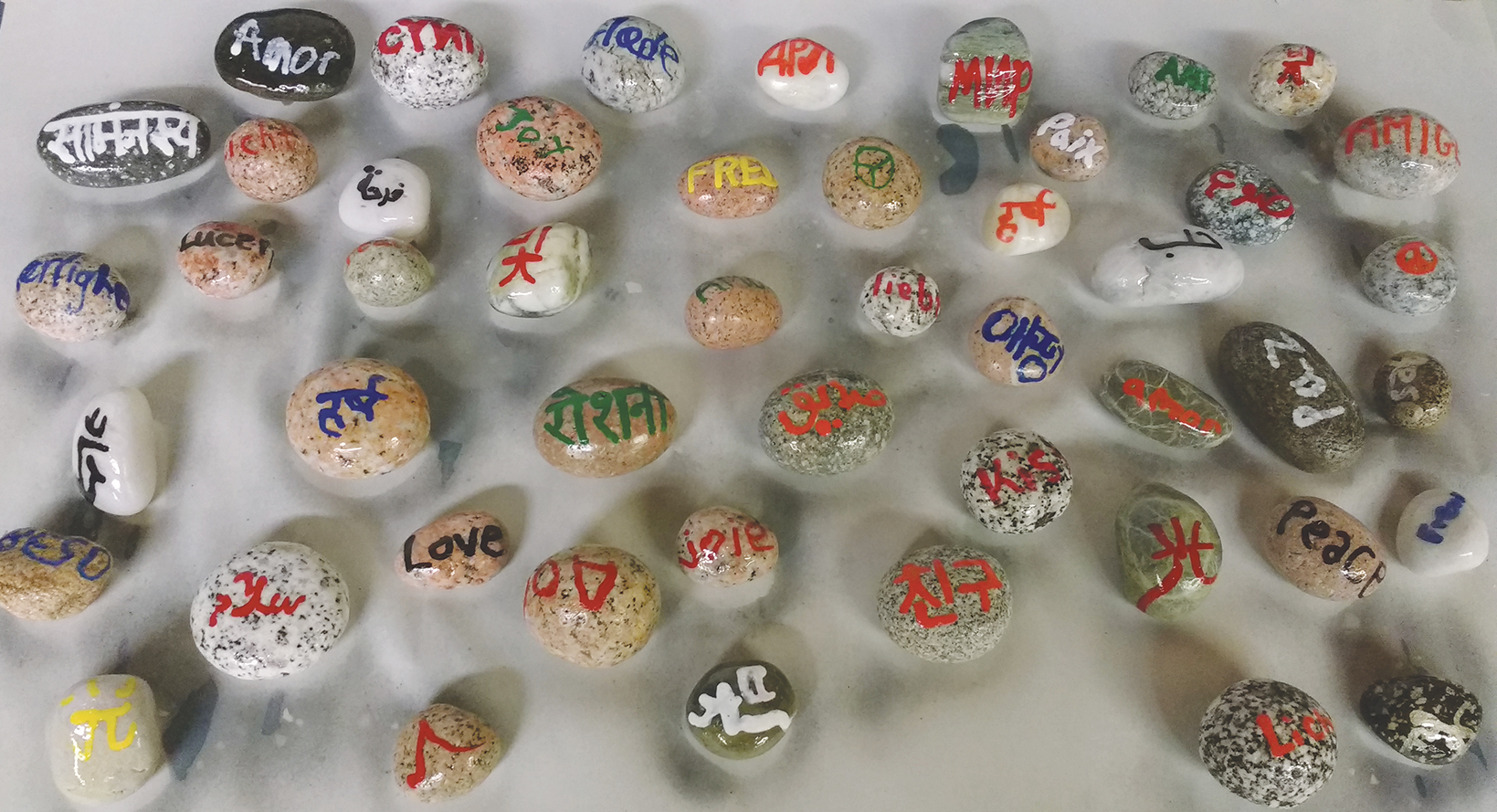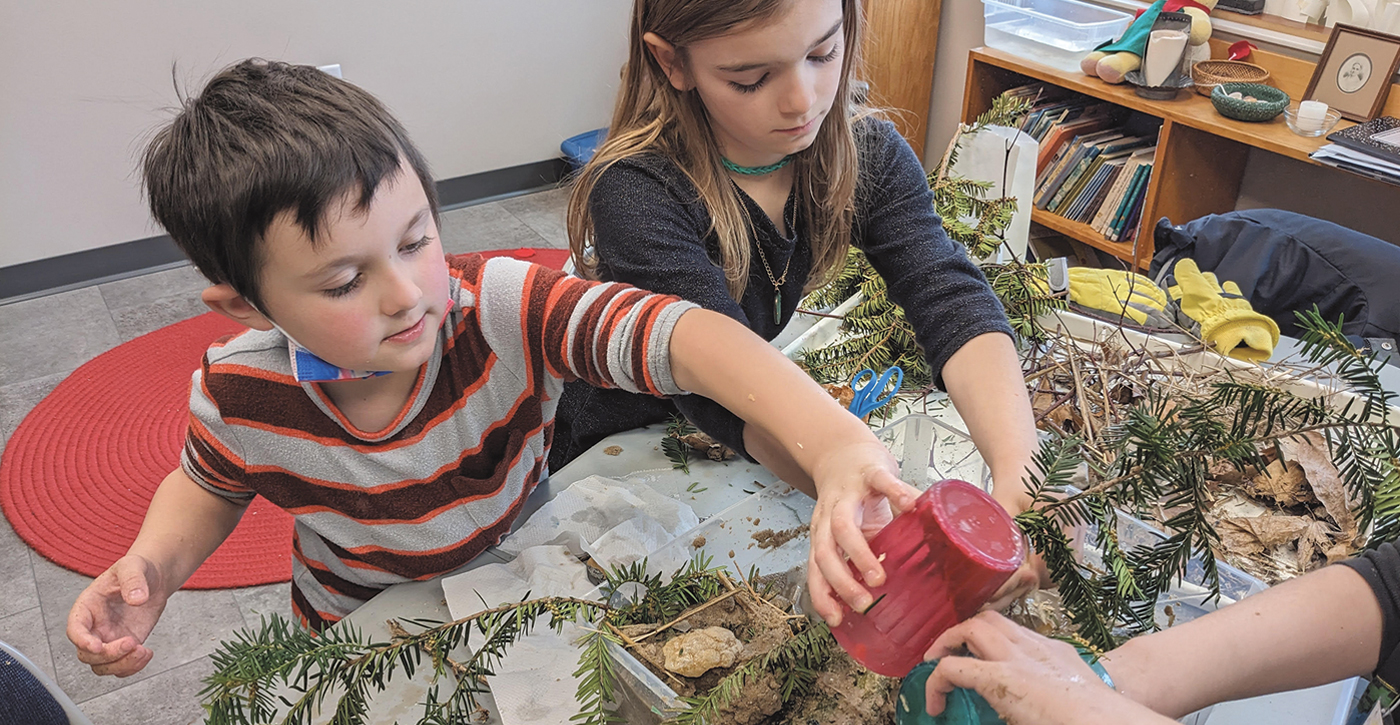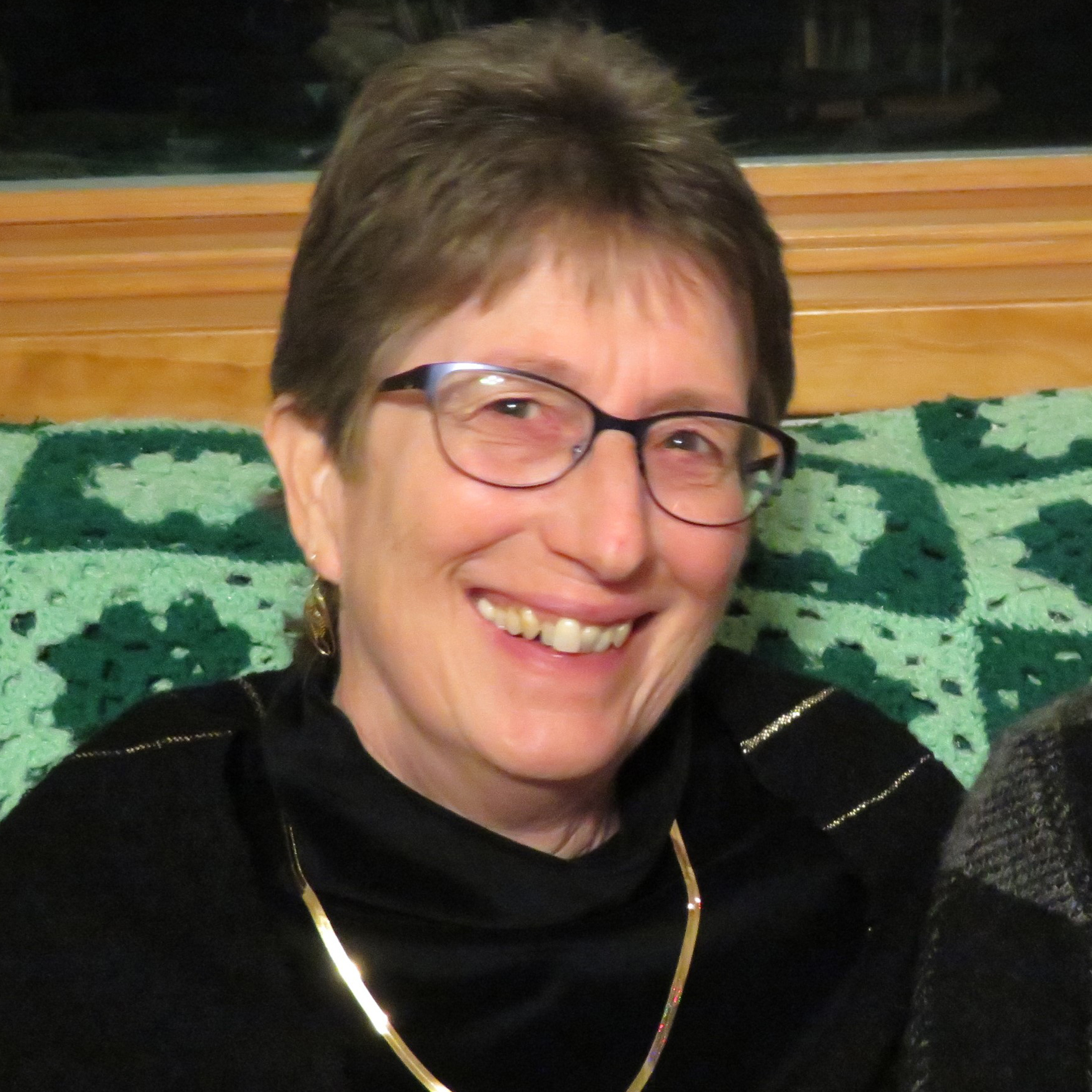Four Leadership Queries for Adults and Young Friends
The wolf also shall dwell with the lamb / The leopard shall lie down with the young goat / The calf and the young lion and the fatling together / And a little child shall lead them. —Isaiah 11:6 NKJV
We Quakers don’t often think of ourselves as wolves, leopards, and lions, but Isaiah describes a vision of the beloved community or peaceable kingdom in which the peace of God prevails so completely that a child might assume leadership within creation. We often express our wish that our meetings become an incarnation of the beloved community. What might that suggest about children and leadership?
I’ve found that leadership is a slippery word. According to a Harvard study by Daniel Goleman, leadership can be “affiliative,” leading by creating emotional bonds and harmony, or it can be “authoritative” (not to be confused with authoritarian), in which a leader can bring others along to their vision. It can be “coaching” in form: seeking to develop leadership in others, or it can be “democratic”: building consensus through participation. The study also described leadership styles that we likely wish to avoid: “pacesetting,” in which leaders expect high standards, largely in imitation of themselves, and “coercive”: demanding of compliance. Clearly, leadership has a broad spectrum of meanings.
Leadership is even more slippery when we are talking about adults and children. Across the age range there is an obvious and necessary power differential based on developmental and intellectual ability, social and financial resourcing, and cultural norms as they apply to age. In Quaker circles, there is a general belief that children are fully human and deserving of full respect and hearing, even when the dynamics are inherently (and often appropriately) unequal. This attitude of valuing that of God within even a small child creates positive interactions between children and adults who are not their parents. These relationships can create lifelong touchstones for our meetings’ children.
I would offer four leadership queries that are worth exploring when working with children, either as parents, First-day school teachers, or as meeting members at large. The first is, how do we lead or guide our children? The second is, how do we develop leadership skills in our children? In the other two queries, the dynamic changes; adults become the recipients of the leadership: How do we learn about leadership from our youth, and how do we accept eldering from our youth?
Left: A child, Liam, playing in a tree at Iowa Yearly Meeting (Conservative) sessions. Photo by Penny Majors. Right: The author’s eldest child, Scott, kneading bread, circa 1997. Photo courtesy of the author.
In the guidance model of the first query (concerned with leading or guiding our children), we help children to understand or to do things. My spouse guided our children in the art of kneading bread: how to gather the dough, flour the kneading surface, and turn and rotate the dough until it had the right texture. There is an authoritative aspect to this (she had kneaded lots of bread, and it was a skill they were just learning) as well as a coaching aspect (helping them to become independent bread makers). And unless she made it fun, using affiliative leadership skills, they would have hated baking!
The same leadership skills used to teach bread making were used in one small meeting my family attended. The adults asked the children (ages four through nine) to tell the monthly meeting for business about Quaker events they’d participated in: youth retreats, Quaker camps, and wider Quaker gatherings. Their informal reports were minuted, and the children understood that they were an integral part of the life of the meeting. Many yearly meetings ask their youth to report to the adult business sessions about their time together in the form of epistles or reports. When it works well, we feel that we have effectively led our children to an understanding of Quaker faith practices.
When considering the second query (concerning developing the leadership abilities of our children), we often add democratic leadership to the mix. In 2008, the teachers in Madison (Wis.) Meeting’s middle-school First-day school program brought in information about the devastating hurricanes in Haiti. The kids were moved to act but unsure of how to proceed. The teachers offered fundraising ideas, and the group decided to hold a spaghetti dinner for the meeting community. Many adults helped with the organization and resources (as appropriate) and followed the kids’ lead on messaging and timing. Everyone worked hard, and the meeting turned out enthusiastically and donated generously. It gave the kids a sense of accomplishment and nurtured their agency to make change.
Likewise, many youth leaders in Quaker circles coach young people in selecting and serving as clerks for their high-school program, coaching them in the process of running business meetings: understanding how to discern issues, listening for unity, and waiting for the movement of Spirit. Those who are not selected to be clerks are coached in participating in the “clerkship of the body” as an essential and necessary part of meeting for worship with attention to business. Those who are best at this Quaker youth guidance are able to mix authoritative, coaching, affiliative, and democratic leadership styles. In the yearly meeting and Friends General Conference Gathering high-school programs our kids have attended, the teens took the process very seriously and labored over the concerns that came to their attention, with patient and caring adult coaching.


Left: Teen group at Madison (Wis.) Meeting. Photo by Sue Kummer. Right: The author’s younger child, Tommy (on right), with friend Tab, after one of Tommy’s drag performances. Photo courtesy of the author.
These are familiar forms of leadership dynamics between adults and children, and important ones. Moving down my list of child–adult leadership queries brings us to a concern for learning about leadership from our youth, which I sometimes refer to as “getting out of the way.” Usually, the same leadership styles are used, however the direction of guidance is reversed, traveling from child to adult.
When our children were of preschool age, it seemed that we were late to everything. One day I came out to the car to drive to worship and found our four-year-old in his car seat next to a huge pile of wadded-up tissues. I was frustrated. Why had he wasted the whole box of tissues? He calmly told me that he’d been gathering sticks and stones for a “rummage sale” at meeting to benefit the children of Kosovo who needed blankets and medicine. The sticks and stones were wet, he continued, so he’d wrapped them in tissues to dry them. It was a “get out of the way” moment for me. He had a calling, which he then executed, standing on a chair to announce his “rummage sale.” The adults of meeting took his concern seriously, accepting the leading and leadership of a young child. He ended up raising a tidy sum for American Friends Service Committee, selling driveway gravel (one adult even bought an imaginary stone, when he had sold out of real ones!).
During the pandemic, Madison Meeting’s teen group learned about being unhoused in our small city. The Sunday video sessions offered opportunities for guest speakers and for our teens to share their experiences. One young woman said that she always kept cash in her pocket, in case she met someone who was asking for money. Another teen shared a story about meeting an unhoused man sitting on the sidewalk outside the grocery store where her family had been shopping. She asked her parents if she could pick out a few items to give to the man, who graciously thanked her for the food but also for noticing him. The class decided to produce an online talent show, inviting the adults of the meeting to shift their attitudes toward Madison’s unhoused people. The adults were asked to either donate to local agencies or to purchase gift cards from a drugstore that could be redeemed by anyone. My spouse and I opted for the latter suggestion, and I have been impressed with the difference made by offering a gift card rather than trying to ignore a person in distress. Even though solutions to recognizing the humanity of the unhoused will differ depending on one’s situation, the teens provided leadership that we needed to hear.
In the above cases, our young people were tapping into values that the adults shared, even if those values had become a bit rusty. We all care about children in war zones and our city’s unhoused people. Perhaps the most difficult form of leadership between children and adults is that which we, as adults, don’t necessarily want to hear from children but can nevertheless recognize as on-point. When I was recuperating from knee surgery, one of my kids asked me when I’d be able to run again, adding that he was glad it would be soon because I’d been a lot crabbier since the surgery. Oops. I needed to both check my own irritable behavior and take up a new exercise regime that would help me return on to an even keel.

One of the clearest forms of leadership rising from our youth today concerns gender expression: in particular, the use of chosen pronouns. Like many of my generation, I was raised to be grammatically careful, and I’ve found the use of “they/them” pronouns for a single person unnatural. Even though I appreciated the need for a language change to reflect people’s gender fluidity, I wished for another “more neutral” third-person pronoun and found it daunting to consider learning everyone’s particular pronouns. But the third person “they/them” is the most commonly chosen non-binary personal pronoun in current use. My younger child assures me that most young people have no difficulty with the grammatical issues this poses, nor with the idea that learning someone’s pronouns is substantively different from learning their name. It’s a form of respect, and I’ve had to accept that it really doesn’t matter if I find it grammatically awkward or not. This is not simply getting out of the way but accepting eldering from the younger generation and making the change because it’s the right thing to do.
As I’ve considered these queries, it’s become clear to me that there is a reciprocity in all of them. As my spouse taught our kids to make bread, they taught her about their inner workings of mind and spirit. Likewise those that coach Quaker youth, find themselves coached in return, learning about their own strengths and challenges. When I was part of yesterday’s youth, I watched some of my elders engage in graceful letting go. It is now my turn to practice that skill because today’s youth will be tomorrow’s elders: learning from the youth around them and providing the leadership of letting go. This is part of the nature of continuing revelation.







Comments on Friendsjournal.org may be used in the Forum of the print magazine and may be edited for length and clarity.